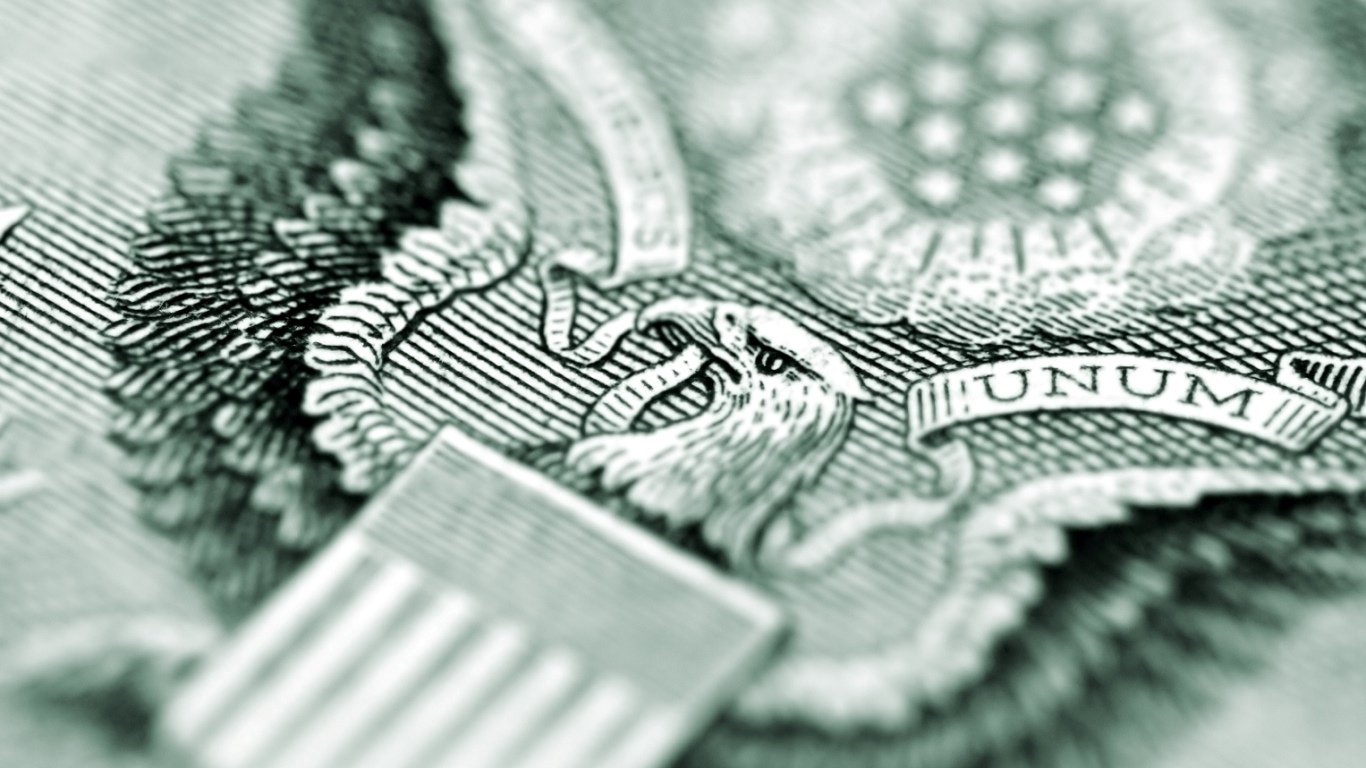Economy
Coronavirus Brings More GDP and Earnings Downgrades With Added Recession Risks

Published:
Last Updated:

With market volatility like we have seen over the past two weeks, it’s understandable why people are a bit shell-shocked if they are active investors. Seeing moves up or down 2% in the S&P 500 for five days in a row is far from the norm. The current market panic around COVID-19 is starting to rival the dog days of the financial crisis more than a decade ago. Fears are mounting about public health and the economy for the days and weeks ahead, as long-term Treasury yields have hit record lows while a raging bull market in stocks suddenly fell by over 15% from last month’s all-time highs.
Investors already have seen trillions of dollars in stock market valuations magically vanish in just over two weeks. Long-term Treasury yields just hit record lows of less than 0.75% on the 10-year and about 1.25% on the 30-year. This all begs the question of whether a recession can be avoided, or if all the makings of a recession are already underway.
24/7 Wall St. has been tracking many outside economic watchers, brokerage firm economists, strategists and forecasters. The good news from the data, at least for now, even considering the stock market bloodbath that has been seen, is that a recession is not already unavoidable. The bad news is that the economic situation and the physical damage of the coronavirus outside of China are both almost certainly going to get far worse before they get better.
At this time, it should be no surprise that expectations for 2020 are likely to head lower. Last weekend’s manufacturing report in China for February was the worst seen on record. The stellar February payrolls report from the U.S. Labor Department was backward looking and was largely discounted by the investing community immediately after it was seen. Even with or without economic stimulus beyond interest rate cuts, it seems almost certain that lower corporate earnings are already written on the wall for 2020. That also likely means lower pay raises, or worse, for employees.
While the U.S. Federal Reserve lowered interest rates (federal funds) by 50 basis points and is expected to lower rates further, that is creating problems for some companies and their earnings power. Also worth asking: Will you feel more confident to go spend money just because already low interest rates go down another half-percent? Perhaps more important is that the International Monetary Fund said that it has $50 billion that is available in “rapid-disbursing emergency financing” to help countries suffering from the virus to help prevent people from dying because of a lack of money. As for the United States, President Trump has signed an $8.3 billion spending bell to target the coronavirus here, for emergency response, vaccine development, sending more test kits and financial aid if needed.
After looking through the various estimates, the first thing that should come to mind is that some of these upside and downside targets may end up being way off. We already have seen airline revenue risks rise from a potential $20 billion hit to potentially a $100 billion hit. Companies and agencies have started to halt travel plans and cancel conferences, and non-employees are being turned away while many employees and contractors are now starting to work from home. Add all that up and it turns into less gasoline, less restaurant spending, fewer hotels booked and lower retail sales.
There is a growing risk that the United States will temporarily move to a stay-at-home economy, particularly if entire counties, states or portions of the country begin closing schools and ordering many more people to self-quarantine or self-isolate. Whether all that ends up creating a recession remains to be seen, but one has to expect that it will feel like a recession, in many aspects of life and the economy alike.
According to a fresh look from Merrill Lynch, the firm has adjusted its 2020 earnings base case of $175 per share down to $160, with an expected price-to-earnings ratio of 17 to 18. The firm has suggested that the S&P 500 will dip to 2,880 to 3,040 before a good entry point is seen to get back into stocks. The firm noted recession risks rising and said that “policy panic” has begun and likely has further to go.
A Goldman Sachs report even from last week suggested a $165 per share target is now the baseline for the S&P 500 companies in 2020. That implies 0% growth, which was far worse than what had been an expectation of about 7% earnings growth.
Thank you for reading! Have some feedback for us?
Contact the 24/7 Wall St. editorial team.